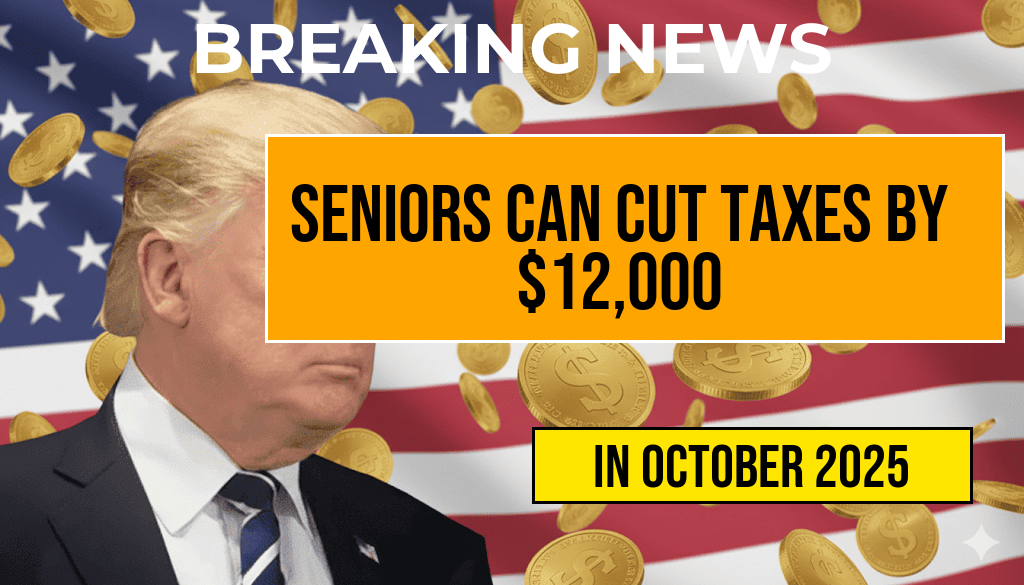The nation’s wealthiest Americans in the top 1% are projected to see an average increase of approximately $5,000 in their net income this year, driven primarily by recent tax reforms aimed at easing burdens on high-income earners. While the changes are part of broader legislative efforts to stimulate economic growth, experts suggest that the financial benefits for the richest Americans could influence spending, investment, and overall economic dynamics. The updated tax policies, which include adjustments to income brackets, deductions, and capital gains taxes, are expected to reshape the financial landscape for America’s most affluent households.
Key Tax Reforms and Their Impact on Top Earners
Changes to Income Tax Rates and Brackets
- The new legislation maintains the highest marginal income tax rate at 37%, but introduces more favorable brackets for high-income households.
- Adjusted thresholds mean that some top earners now pay a slightly lower effective tax rate on additional income, benefiting those with substantial earnings from investments and business income.
Capital Gains and Dividend Tax Adjustments
- The reform retains a maximum capital gains tax rate of 20%, but introduces a new 25% rate for high-income taxpayers with significant investment income.
- This shift potentially increases after-tax returns for some investors, adding to their net income gains.
Enhanced Deductions and Credits
- Higher estate and gift tax exemptions have been preserved, allowing wealthy families to transfer assets with reduced tax liabilities.
- Limited expansion of certain deductions, such as those related to business expenses, further benefits high earners with complex financial portfolios.
Projected Income Gains and Economic Implications
| Income Bracket | Average Net Income Increase | Percentage Change |
|---|---|---|
| $1 million and above | $5,200 | 1.3% |
| $10 million and above | $6,500 | 1.5% |
Experts from the Congressional Budget Office and financial analysis firms project that these incremental gains are poised to bolster the wealth accumulation of the top percentile, potentially fueling increased investment in stocks, real estate, and entrepreneurial ventures. Such activity could, in turn, impact broader economic indicators, including employment rates and market stability.
Public Policy Perspectives and Debates
Arguments Supporting the Reforms
- Proponents argue that easing tax burdens on the wealthy encourages capital formation and innovation.
- Legislators claim that these policies create a more competitive environment for high-net-worth individuals and businesses, potentially attracting international investment.
Criticisms and Concerns
- Critics contend that increased income concentration among the richest could exacerbate income inequality and limit economic mobility.
- Some economists warn that the benefits of such tax cuts may not sufficiently trickle down to lower-income populations, raising questions about long-term fiscal sustainability.
Broader Economic Trends and Future Outlook
While the immediate financial benefits for the top 1% are clear, the overall impact on the economy remains a subject of debate. Historically, tax adjustments targeting high-income earners have led to increased investment activity, but questions persist about their role in funding public services and reducing national debt. Analysts suggest that ongoing legislative reviews and economic data will be critical to understanding whether these income gains translate into broader economic growth or widen existing disparities.
As policymakers continue to evaluate the effects of recent reforms, the wealthiest Americans’ financial trajectories will likely remain a focal point in discussions about fiscal policy, economic inequality, and the future of American prosperity. For additional insights into tax policy and income distribution, resources such as Wikipedia’s overview of U.S. tax policy provide comprehensive background.
Frequently Asked Questions
What is the main focus of the article?
The article focuses on how wealthiest Americans in the Top 1% are expected to see an average gain of $5,000 in net income due to recent tax reforms.
How are tax reforms impacting the income of the top 1%?
The tax reforms are projected to increase the net income of the wealthiest Americans in the Top 1% by approximately $5,000, potentially boosting their overall wealth.
Who are considered the wealthiest Americans in the Top 1%?
The wealthiest Americans in the Top 1% are individuals with the highest net worth and income levels, typically including high-net-worth individuals and ultra-wealthy families.
What are the implications of these income gains for the economy?
The expected income gains among the top 1% could have significant implications, such as increased investment and economic growth, but also raise questions about income inequality.
Does the article mention any potential changes to future tax policies?
The article discusses current tax reforms but does not specify any upcoming changes to tax policies, leaving open the possibility of further revisions impacting income distribution.






